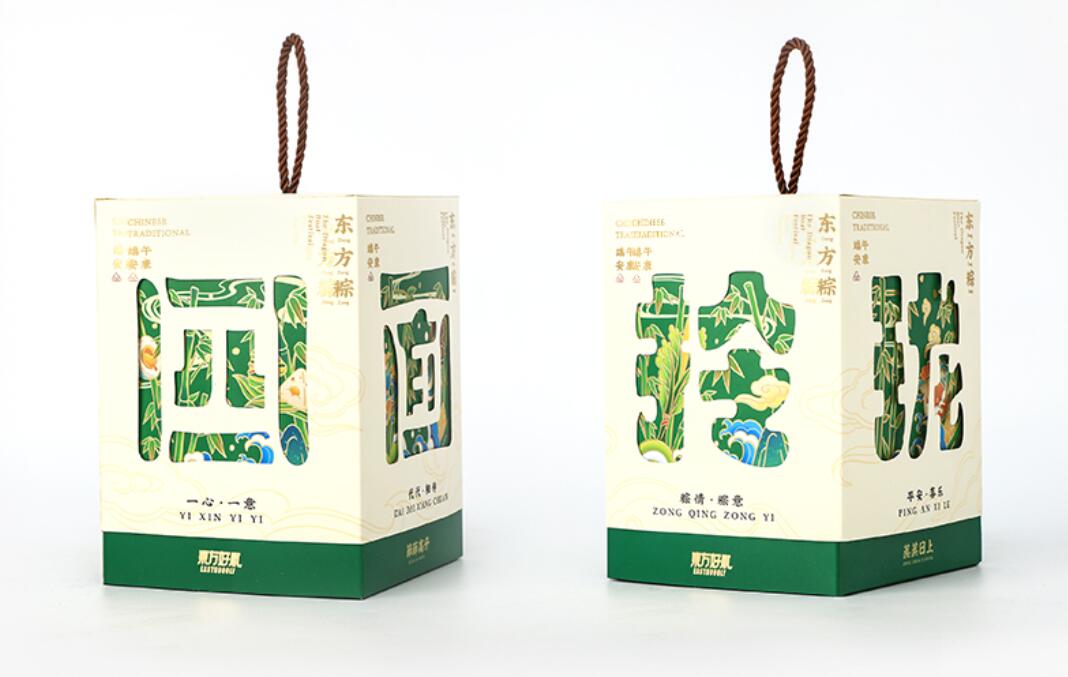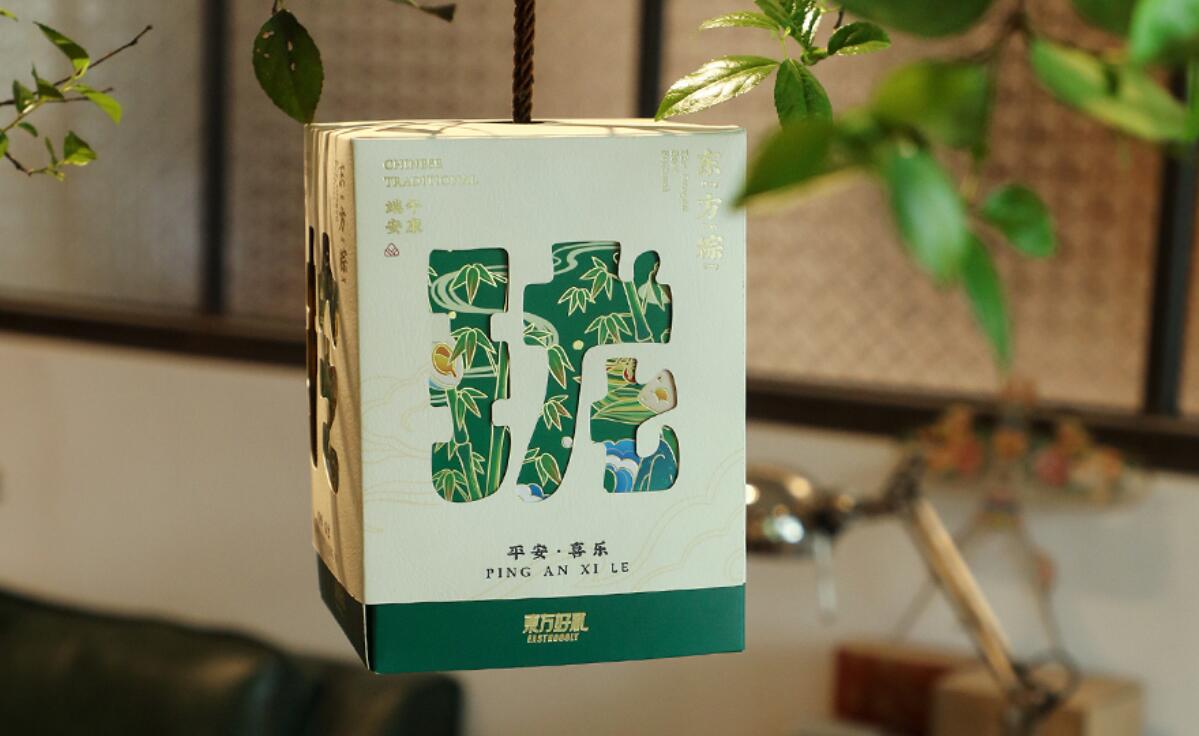Gift boxes have long been an essential part of gift-giving traditions, as they not only add a touch of excitement
and anticipation to the recipient but also serve as a representation of care and thoughtfulness. In recent years,
the design and functionality of gift boxes have evolved significantly, driven by changing consumer preferences
and the emergence of innovative packaging concepts. This article aims to explore the classification and applications
of gift boxes within packaging containers, incorporating the latest design principles and trends.

1. Classification of Gift Boxes:
Gift boxes can be classified into various categories based on their shape, material, and purpose. Here are a few
common classifications:
a) Folding Gift Boxes: These boxes, also known as rigid boxes, are designed to fold into shape and secure the contents
within. They are sturdy, elegant, and often used for luxury items or special occasions.
b) Round Gift Boxes: As the name suggests, these boxes are circular in shape and are especially popular for packaging
small-sized gifts such as jewelry, cosmetics, or candies. They provide a unique and eye-catching presentation.
c) Customizable Gift Boxes: This category includes boxes that can be personalized with the recipient's name, special
messages, or even customized shapes. They allow for a more personalized touch, making the gift even more memorable.
d) Eco-Friendly Gift Boxes: With growing environmental concerns, eco-friendly gift boxes are gaining popularity. These
boxes are made from sustainable materials such as recycled paper, biodegradable plastics, or even plant-based fibers,
promoting a greener approach to gift packaging.
2. Applications of Gift Boxes:
Gift boxes are utilized in various contexts and industries. Some of the common applications include:
a) Retail and E-commerce: Gift boxes play a vital role in enhancing the shopping experience for customers. Retail stores,
both physical and online, often use gift boxes to package products, adding value to the customer's purchase and creating
a pleasant unboxing experience.
b) Corporate Gifting: Many businesses use gift boxes as a way to express appreciation to their clients or employees. These
boxes can be customized with the company's branding elements, reinforcing brand identity while creating a positive impression.
c) Events and Special Occasions: Gift boxes are extensively used in weddings, birthdays, anniversaries, and other celebrations.
They not only serve as a means to present gifts but also contribute to the overall theme and ambiance of the event.
d) Promotional Campaigns: Gift boxes are an effective tool for marketing and promotional activities. Companies often create
special edition or limited-edition gift boxes to capture the attention of customers and generate brand awareness.
3. Latest Design Concepts and Trends:
In recent years, several design principles and trends have influenced the evolution of gift box design. Some notable ones include:
a) Minimalism: Clean, minimalistic designs with simple yet elegant elements are currently in vogue. The focus is on creating a
visually appealing aesthetic while reducing unnecessary clutter.
b) Sustainable Materials: With a growing emphasis on sustainability, gift box designers are opting for eco-friendly materials like
recycled paper, biodegradable plastics, or alternative plant-based fibers. This choice aligns with consumers' eco-conscious values.
c) Interactive Elements: Gift boxes with interactive features, such as pull-out drawers, secret compartments, or puzzles, are becoming
increasingly popular. These elements add an element of surprise and engagement to the unboxing experience.
d) Personalization: The demand for personalized gift boxes is on the rise. Customizations can range from incorporating the recipient's
name or monogram to creating unique shapes that resonate with the gift's theme or purpose.

4. Conclusion:
The evolution of gift boxes within packaging containers has been driven by changing consumer preferences and design innovation. From
folding boxes to eco-friendly options, gift boxes have diversified in shape, material, and purpose. As design trends shift towards minimalism,
sustainability, interactivity, and personalization, gift boxes continue to evolve in exciting and creative ways. By carefully selecting and designing
gift boxes, individuals and businesses can elevate the gifting experience and create lasting memories for recipients.





